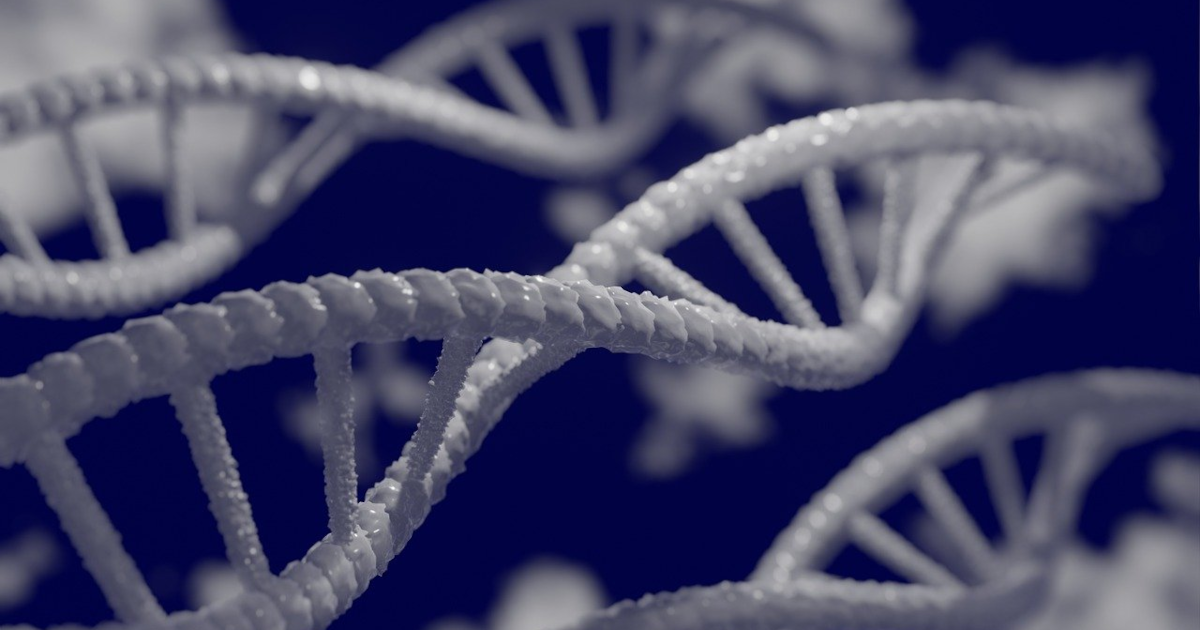
Who Trusts and Distrusts Gene-Edited Foods? New Study Gauges Public Acceptance
Advocates say gene editing is faster and more precise than traditional crop breeding methods. Critics argue this new technology could create unintended consequences and that government agencies must address the shortcomings of current regulation. Under current federal law, gene-edited foods do not need to be labeled.
April 1, 2023 | Source: The Organic & Non-GMO Report | by
Through CRISPR and other gene-editing technologies, researchers and developers are poised to bring dozens—if not hundreds—of new products to grocery stores with claims of benefits: mushrooms with longer shelf lives, drought-resistant corn and bananas impervious to a fungus threatening the global supply. A few, including a soybean variety that produces a supposedly healthier cooking oil, are already being sold commercially in the U.S. As with foods derived from the “older” transgenic technology, claims of more nutritious foods and “feeding the world” are being made with gene edited foods.
Advocates say gene editing is faster and more precise than traditional crop breeding methods. Critics argue this new technology could create unintended consequences and that government agencies must address the shortcomings of current regulation. Under current federal law, gene-edited foods do not need to be labeled.
Given the backlash over transgenic engineering GMOs, there’s a lot of speculation over whether the public will accept gene-edited foods, even though the process to create them is different.
